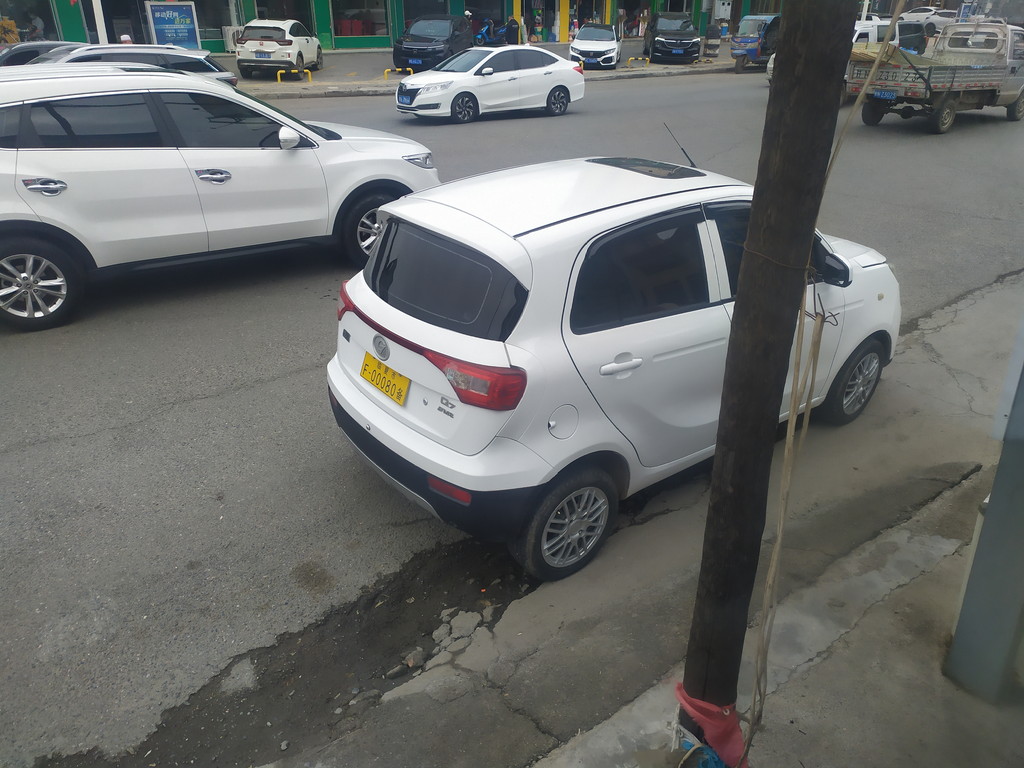
Many are electric, although the small white car in the foreground is probably gas, based on the color of the license plate.

Many are electric, although the small white car in the foreground is probably gas, based on the color of the license plate.
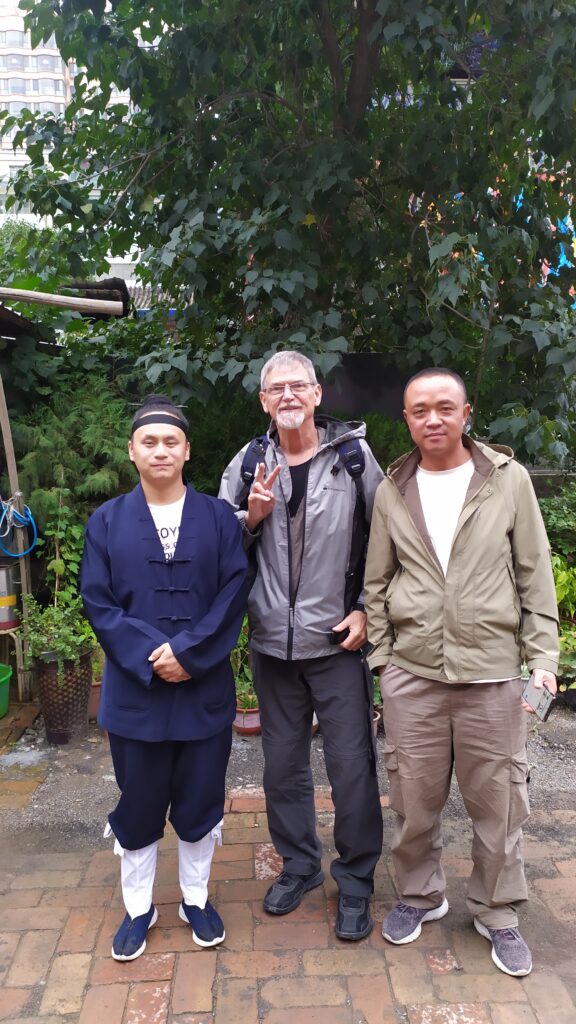
With a couple of my Daoist homies

Dinner
BTW, yesterday when I chatted with a few young Hui men as we stood on top of a pedestrian overpass. While we were talking, a group of about a dozen young men all dressed alike filed past. They wore head coverings quite different than the Hui. I later remembered that there are also Sufis here in Linxia. “Dervishes?” They seemed to be some sort of novices or students.
The famous Buddhist site of carved statues known as “Bingling Grottoes” is usually accessed from Lanzhou. But the site is actually much closer to Linxia. so I thought I’d be able to get to it more easily after arriving in Linxia. Well, although clearly you *should* be able to ferry across from a point near Linxia, I ended up on a bus that took me practically back to Lanxhou before then negotiating a cab to take me to the grottoes. There are boats, but I think I was sort of swindled into the cab thing. It was OK though, the driver was nice.
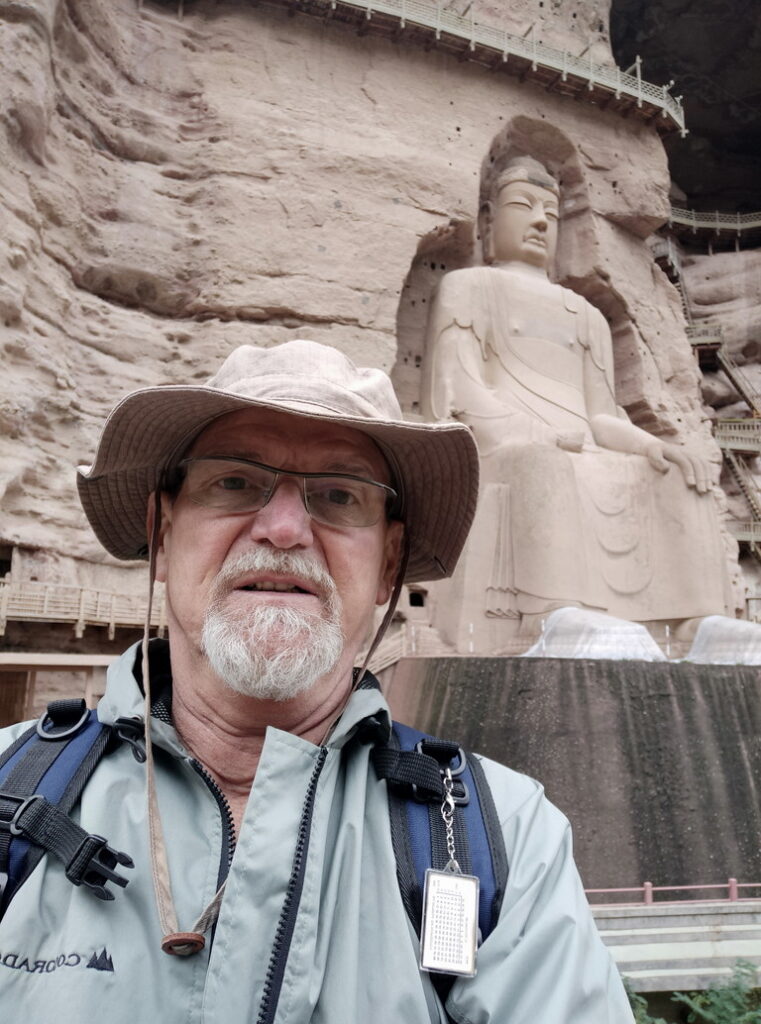
a cool, rainy day BTW!
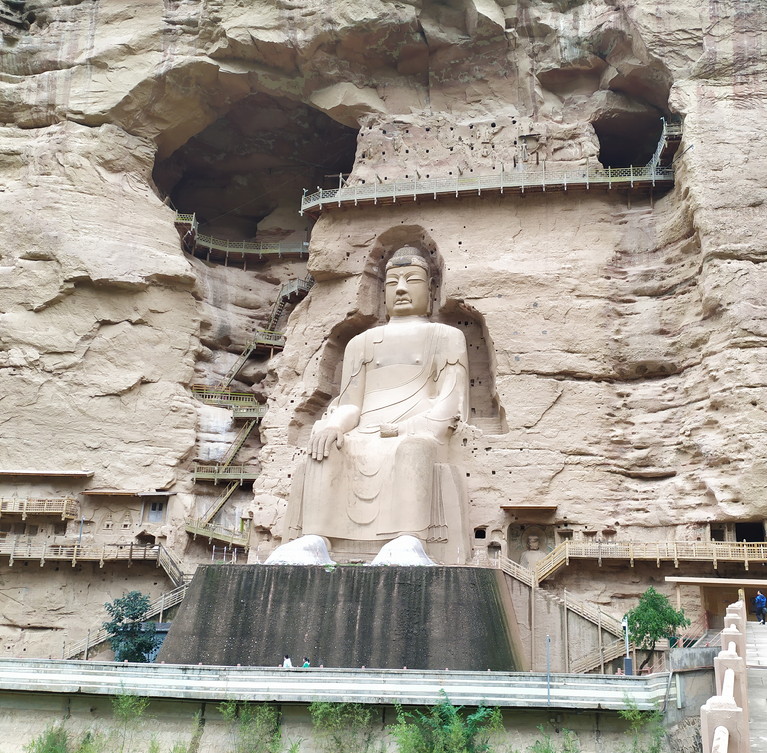
Even the Buddha is wearing galoshes!
On the one hand, one might consider Linxia to be an off the beaten path, obscure destination. But back in the heyday of the Silk Road, this was an important trading town.
And today? I suppose due to the heavy concentration of Hui Muslims, it is known as the “Mecca of China”.
My focus on this brief trip to China was meant to be more about the people (especially ethnic minorities) and less about “famous landmarks of China”.
Well, on this first day in Linxia there was no shortage of person-to-person interactions!
After checking in to the hotel, I decided to look for some lunch. Down a nearby alley, I saw a “hole in the wall” restaurant and was coaxed inside and encouraged to sit down. The only unoccupied table had not yet been cleaned off. But a middle aged guy invited me to sit with him. What he was eating looked good, so I ordered the same. (I learned the technique of asking for “what he is having” from my friend Marlene!)
It was simple fare, but indeed tasty.
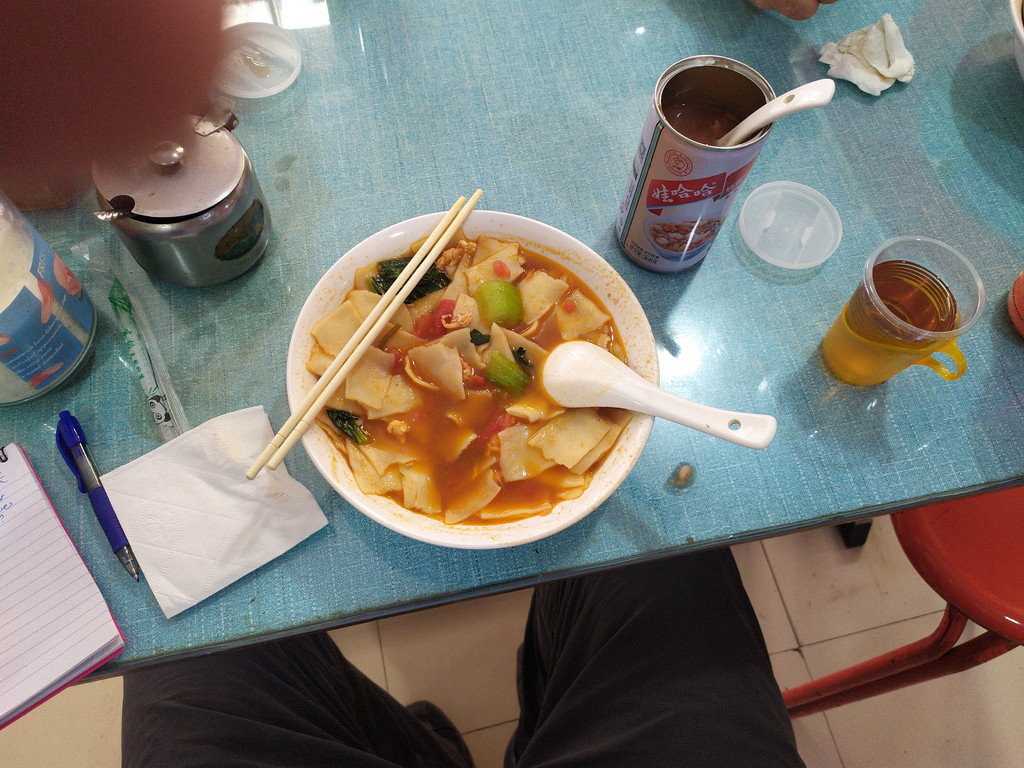
Broth, chicken pieces and yummy square cut noodles. While my bowl was being prepared the cook was chopping up some peppers. The combined aroma tantalized my nostrils!
After eating I took a short nap and prepared a map of about eight places more or less in the neighborhood, that seemed to possibly be interesting. First on the lust was the ‘White cloud temple”. It wasn’t too hard to find, and was an ornate Daoist temple. Having gotten permission to take some exterior photos, I snapped away.
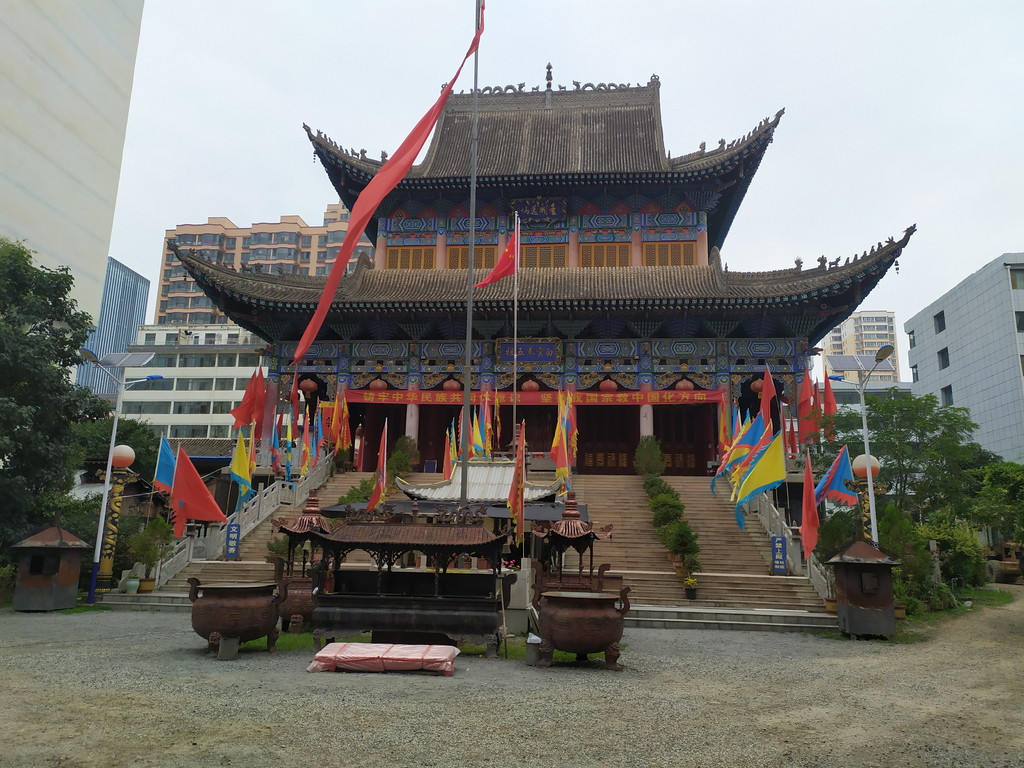
While admiring the temple, a young man came over and struck up a conversation with me. Then he invited me to go sit and drink some tea. Soon there were about six more sitting with us, and we all chattered away. Among other topics, I mentioned that as a young lad I had collected coins. Of course these days in China very little actual cash was used, having been replaced by Alipay and WeChat pay on phone devices. One guy slipped off and returned with 5 or 6 current coins. Nothing unusual or special about them, but I thanked him with sincerity.
Well, in addition to the coins he gave me two tiny, prized shells. They *were* special. So cool!
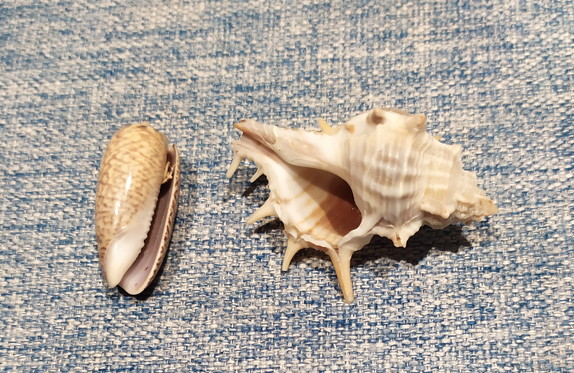
We all probably chatted for about an hour, but then I apologized that I had to go, and I took my leave.
At the Nanguan Mosque, after asking permission I took some photos. Three young Hui Muslim guys came over to me and we had s long chat .
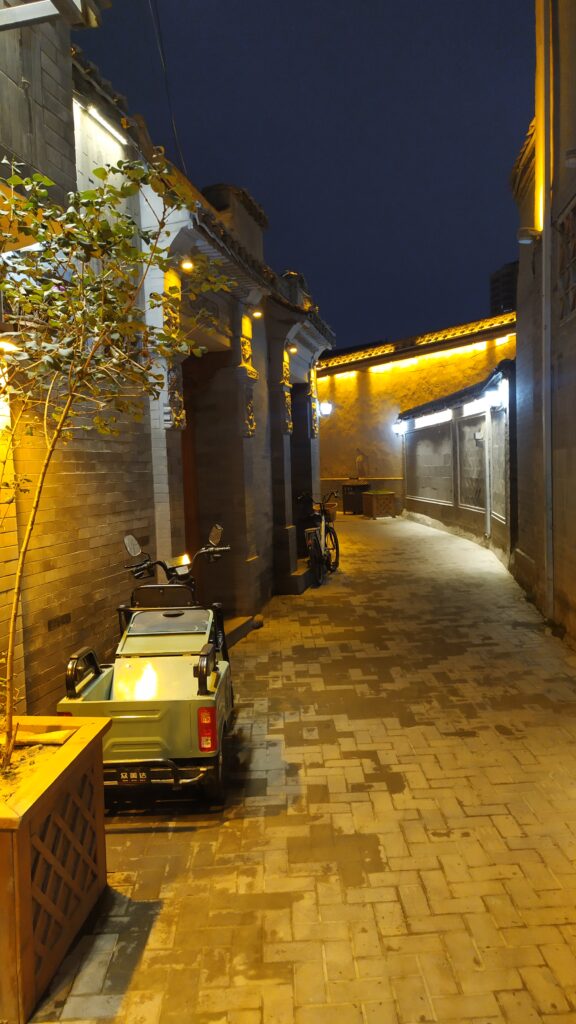
It was aleady dark by the time I reached the “8 squares and 13 alleys” neighborhood. This essentially is a labyrinth of alleys with lots of shops. Apparently this was the historical locationwhere silk Road traders had met up hundreds of years ago.
Lots of smiles and greetings from people. Then a group oy young Hui women passed. One doubled back and wanted a selfie with me. Soon her friends decided they wanted photos with the weird guy too. Then various iterations of group pics as they giggled away.
OK, super tired. I have a long day ahead tomorrow!
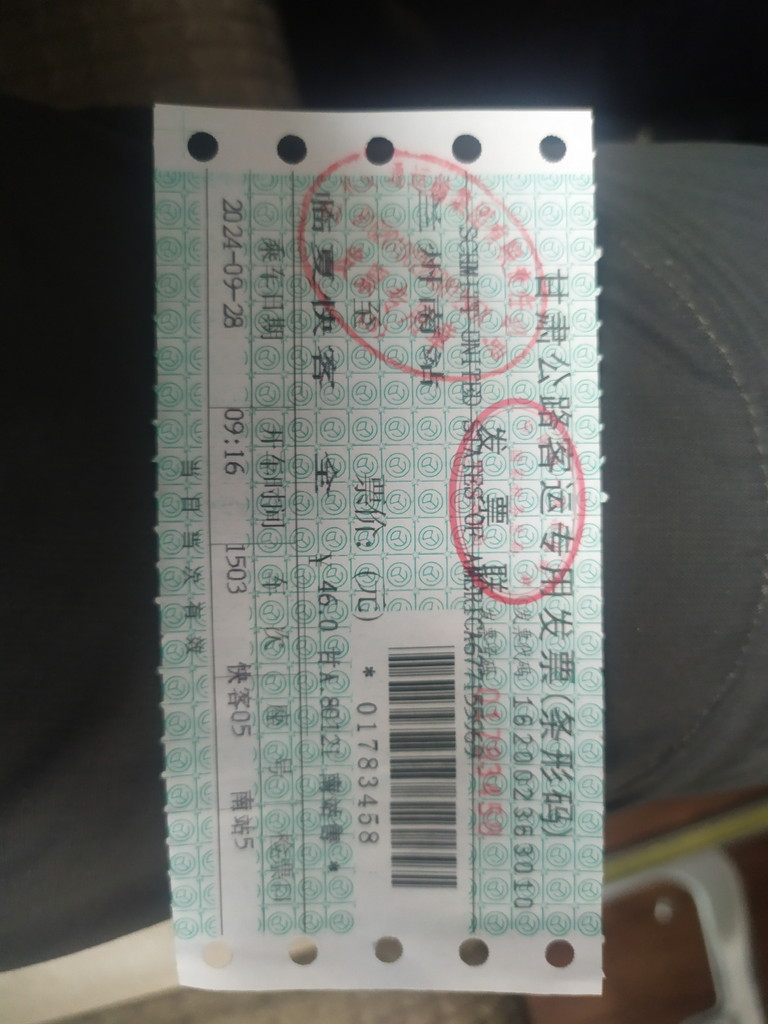
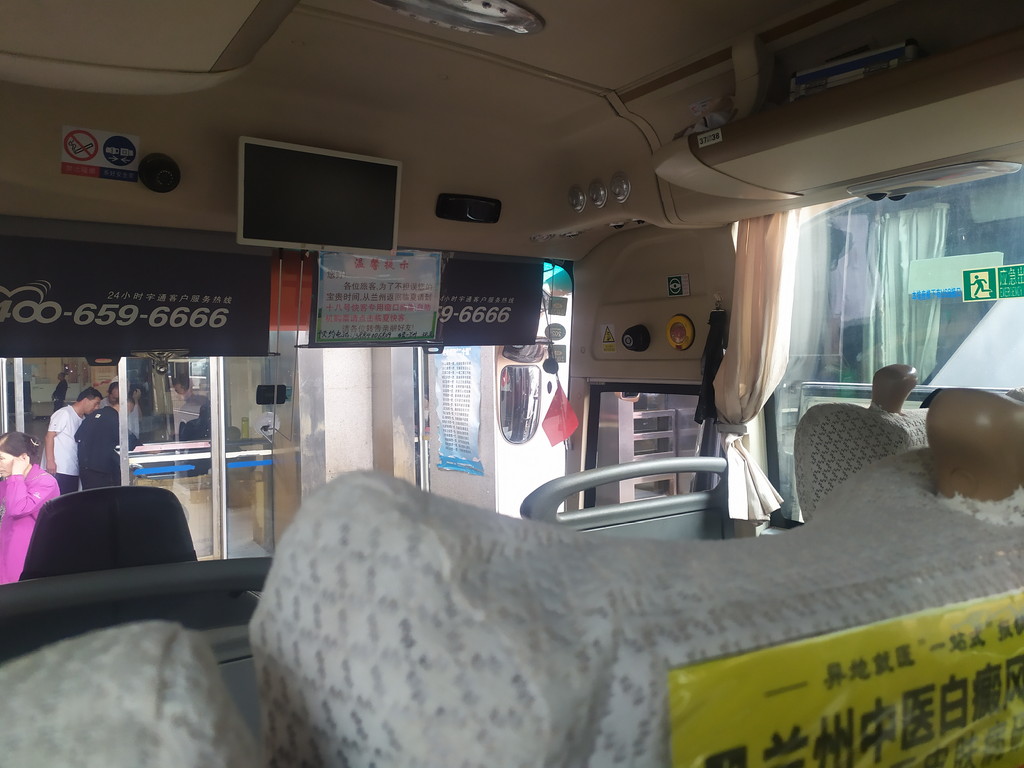
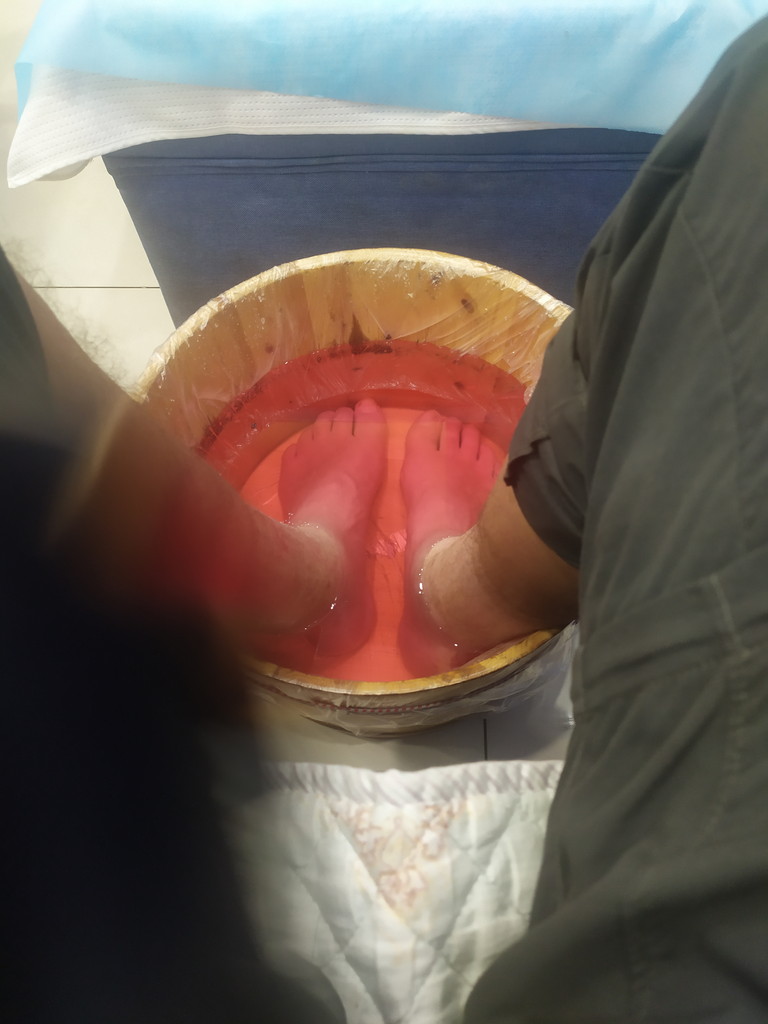
Ah… very relaxing and invigorating! Just what a person needs after tramping around all day!
I am always up for some dumplings! And they had a good supply of my now-favorite soft drink!
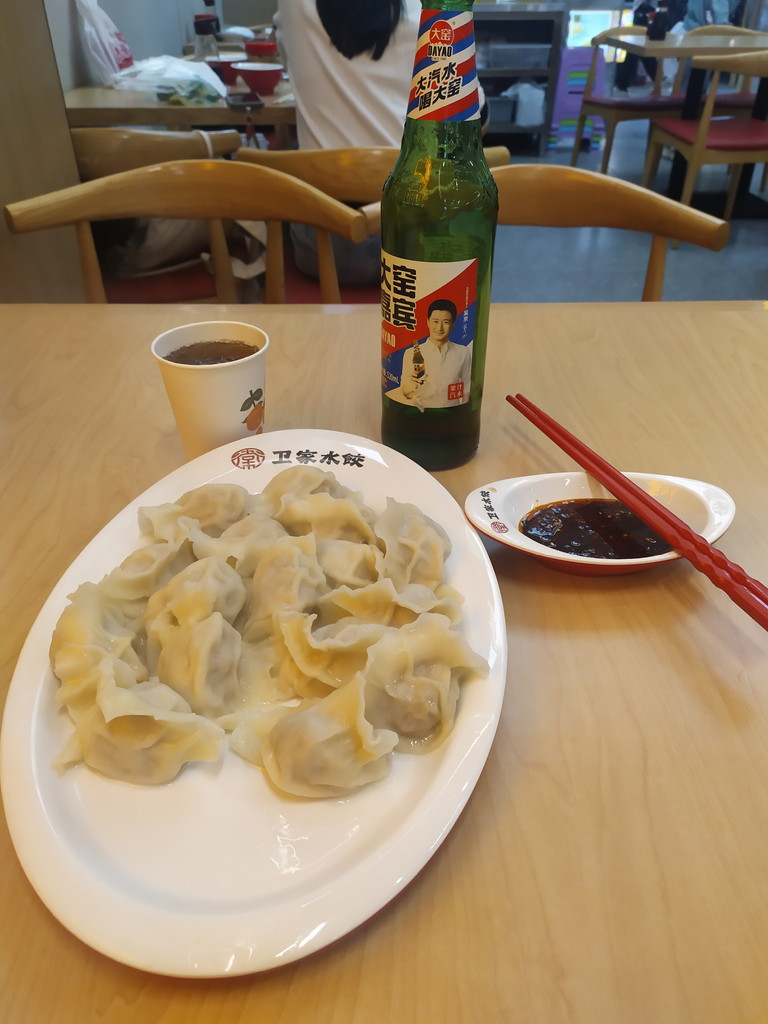
Every time I count the dumplings, I get a different number… 16ish
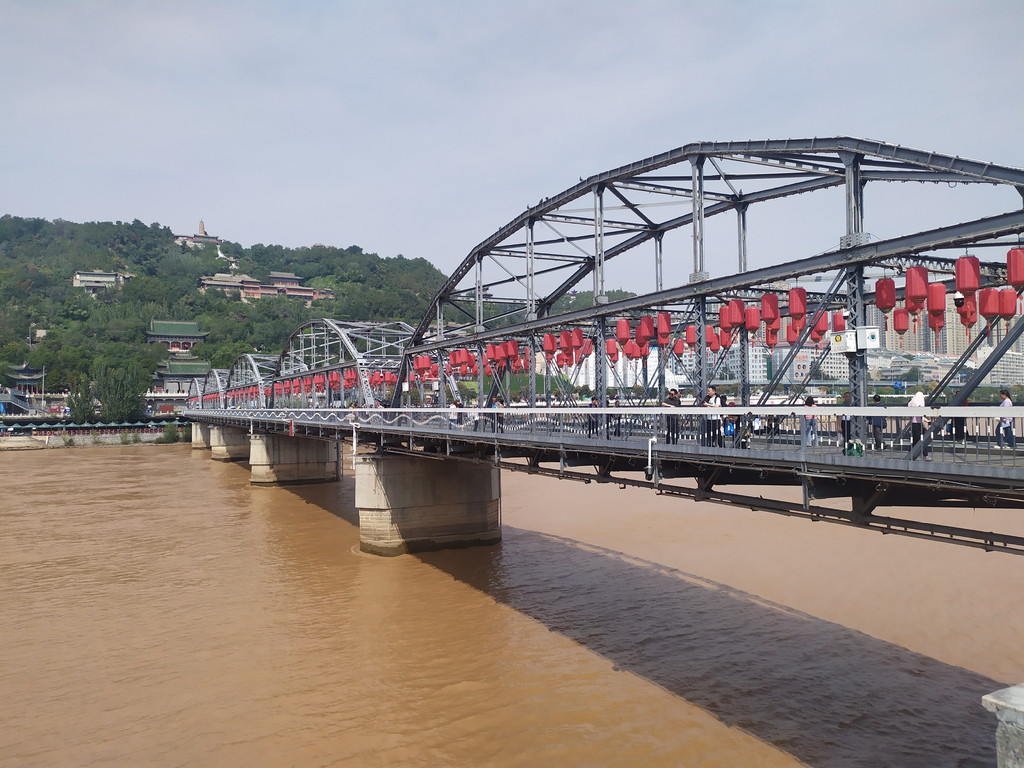
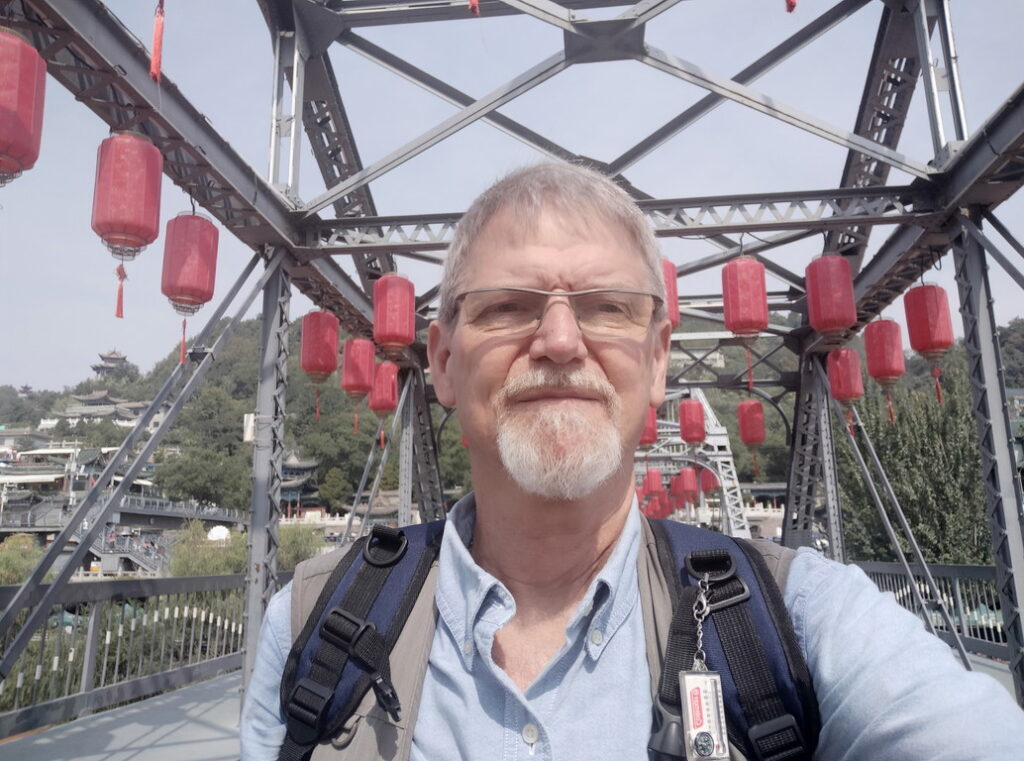
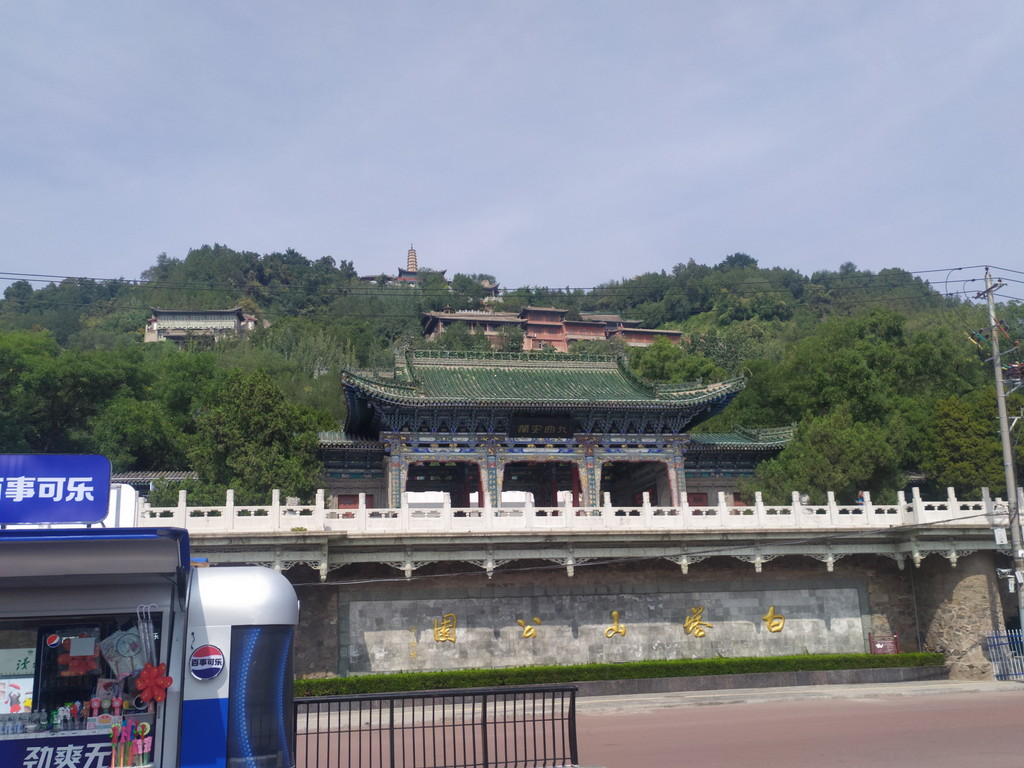
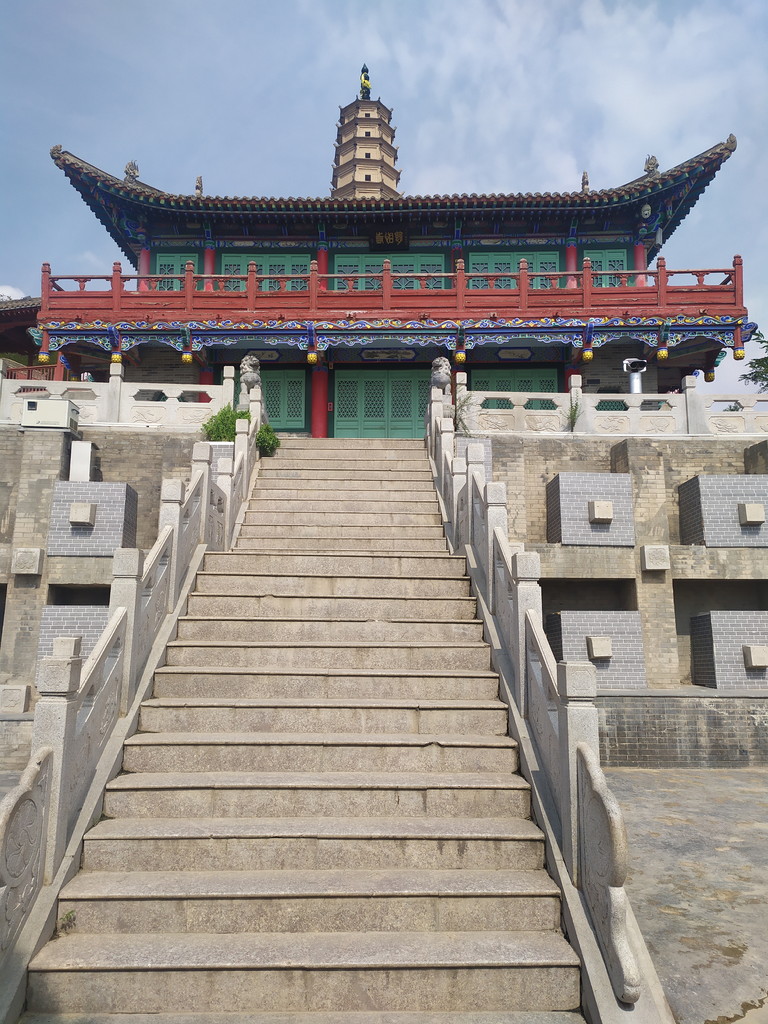
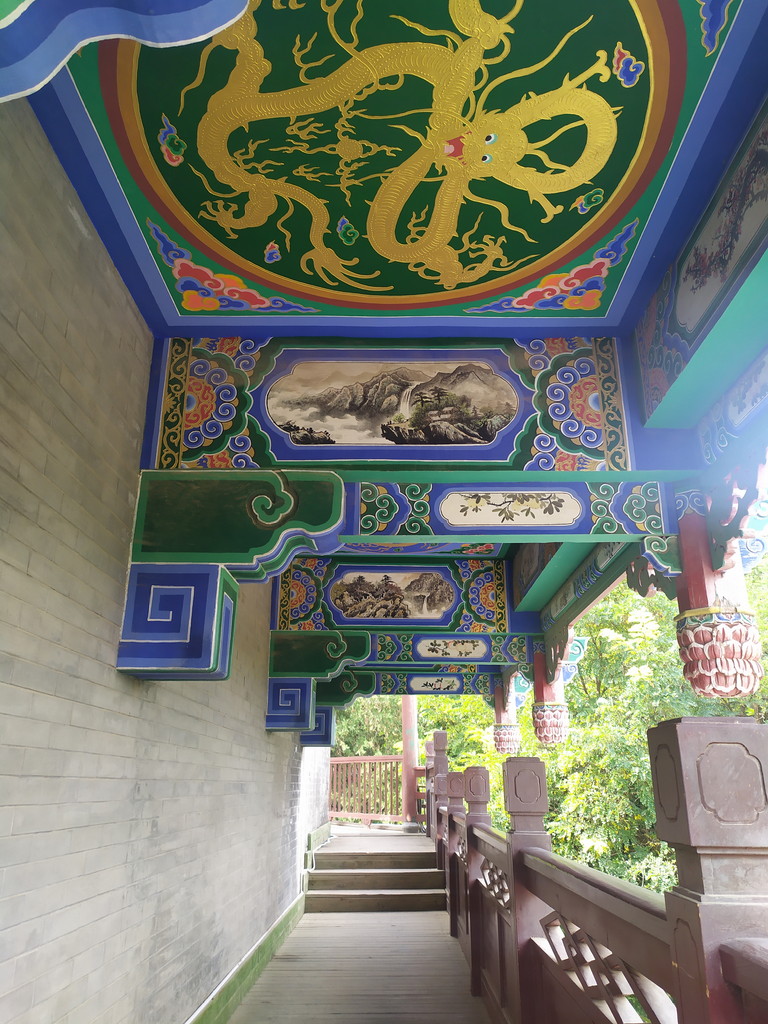
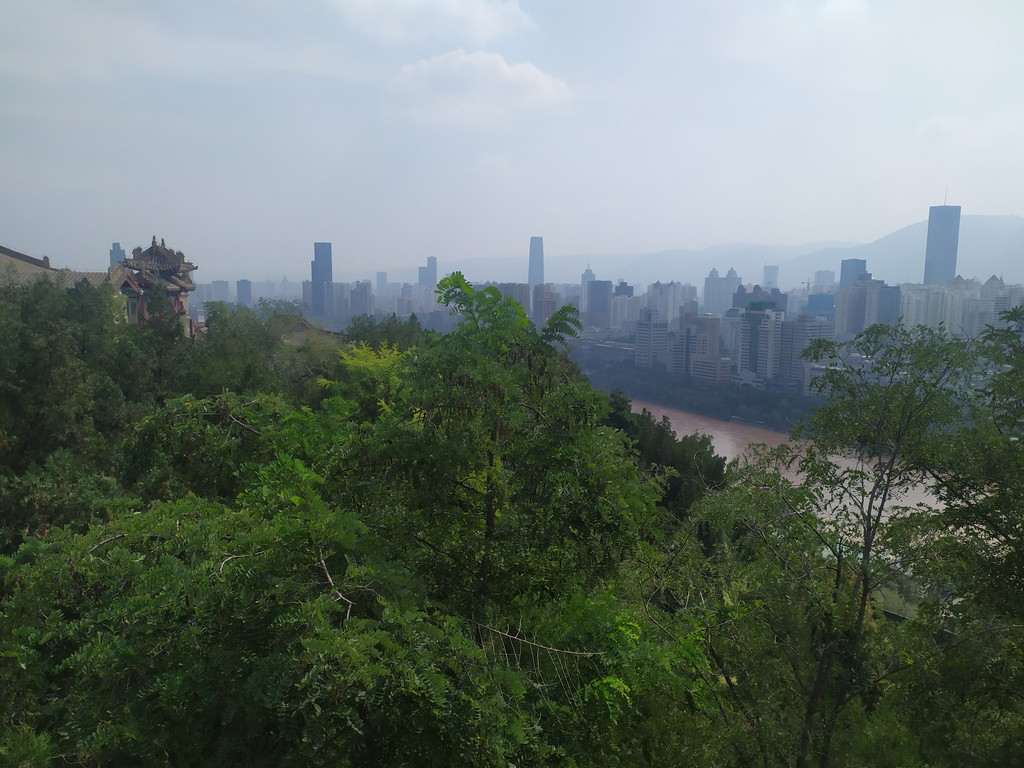
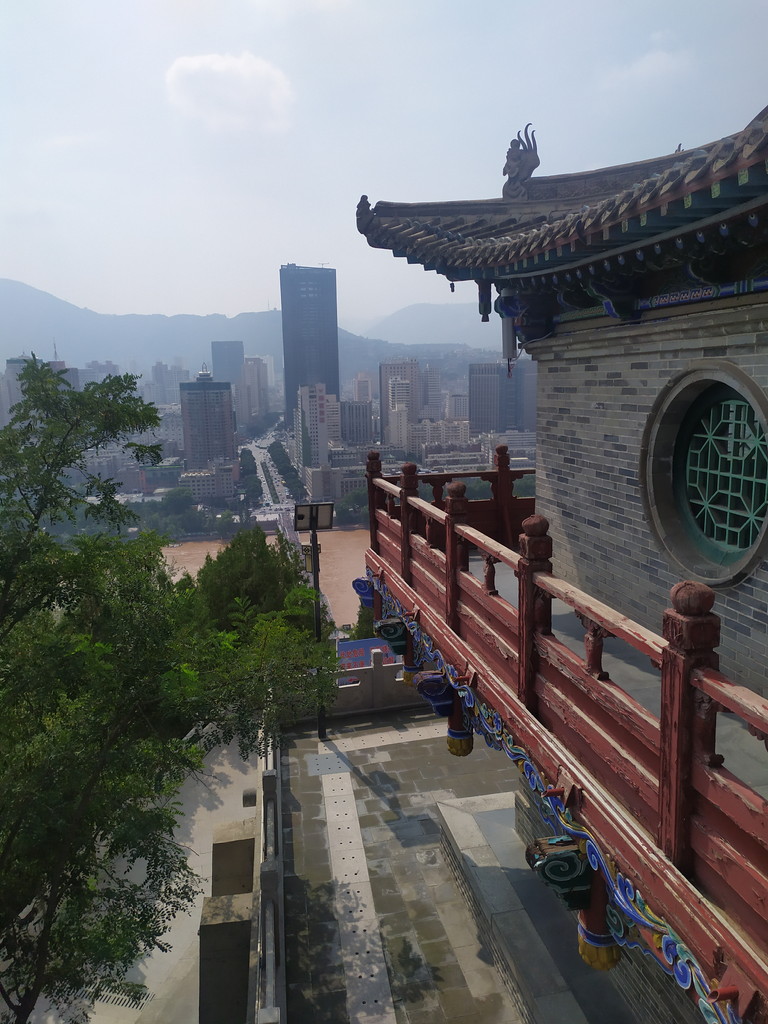
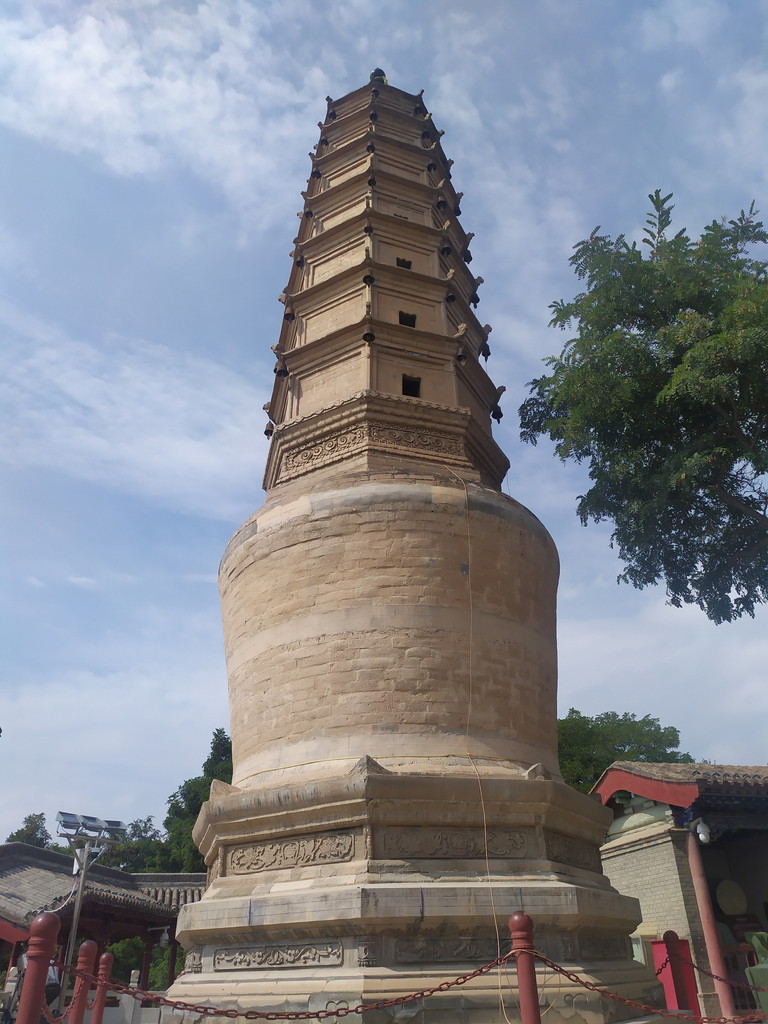

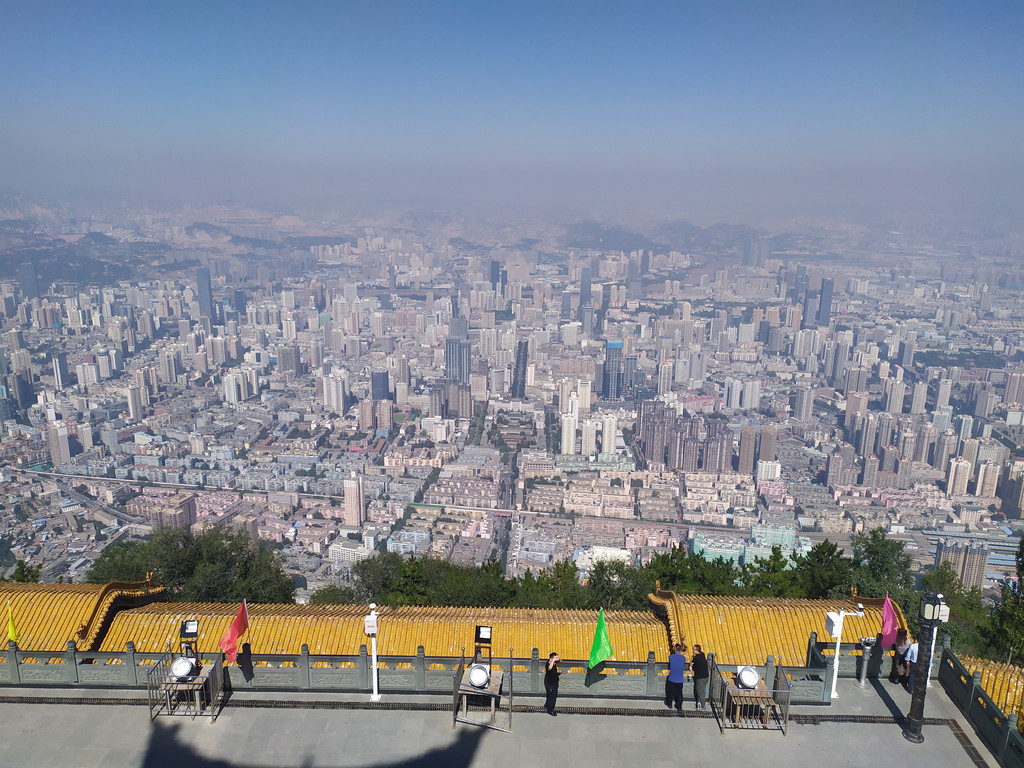
A wild ride in a taxi whisked me along a winding road to the top of Lanshan (Lan Mountain- mentioned in the famous Pere-X videos).
From this elevated spot there is a wide (but hazy) view of the city.
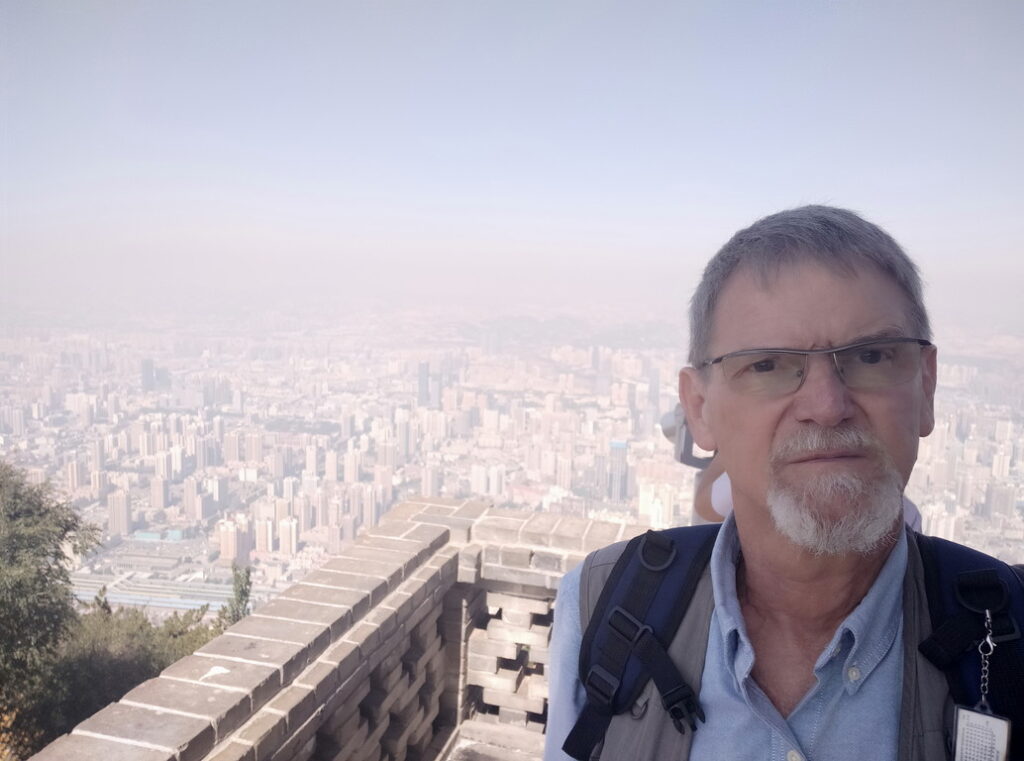
After descending the mountain, I was able to sample the city’s signature dish: Lanzhou beef noodles! I truly love this dish, and yearn for it. I guess a return trip to Lanzhou is in my future!

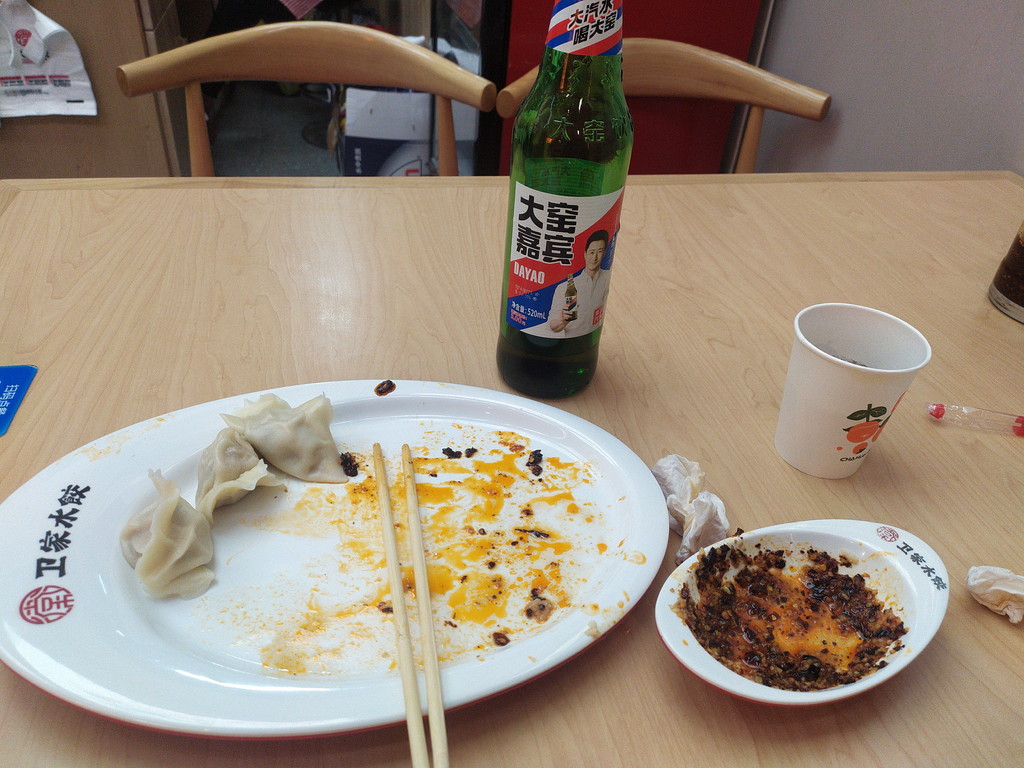
Of course the appropriate thing is to take the photo BEFORE wolfing down the food! That plate HAD held 15 dumplings. All those dumplings plus the 520ml bestie soft drink set me back $3.70. Highway robbery!
The pedestrian street where my hotel sits is lined with small restaurants. And at night, little food stalls are rolled in and arranged along the center of the street. Most of the carts sell mutton and beef kebabs etc.
While I was eating dumplings inside a secure building there was crashing thunder and then torrential rain. I felt really bad for the Hui vendors with their little food carts! The street became a river and the electric power to the carts was cut.
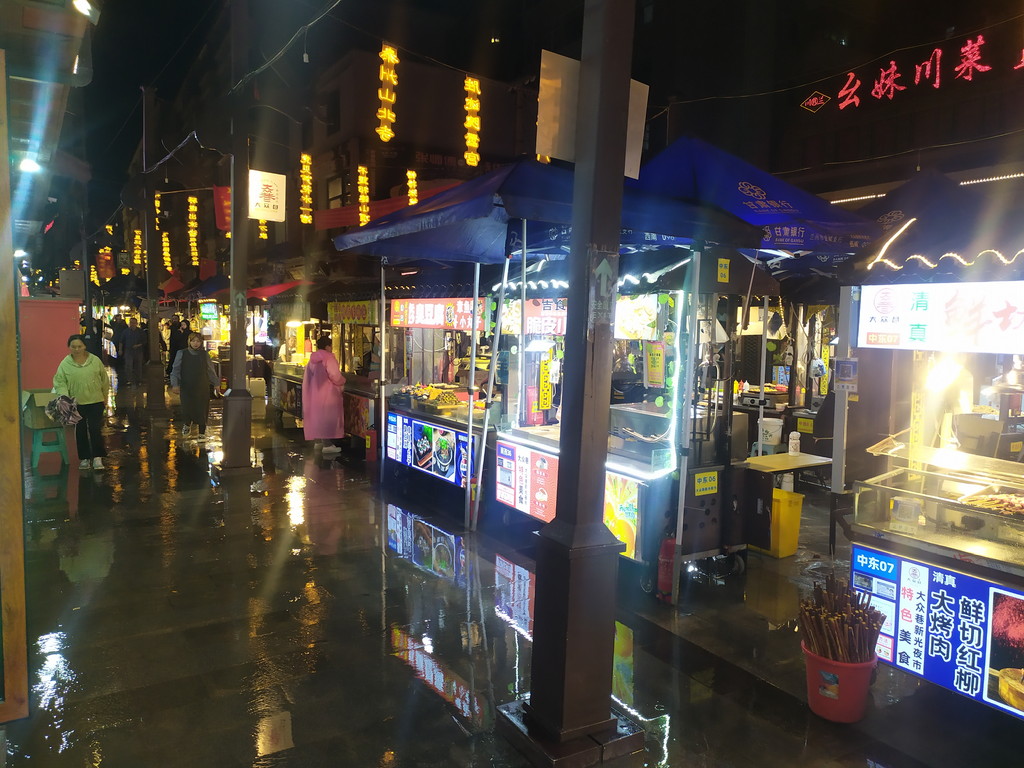
The rain got so heavy that many in this restaurant ran to the doorway to look out. The proprietress was even taking photos. I kept eating and congratulated myself for anticipating at least a bit of rain, and finding a good dry restaurant!
Well, the rain ended about 20 minutes ago, and the river in the street has subsided a bit. Now if I can get back to my hotel without my shoes becoming totally soggy!